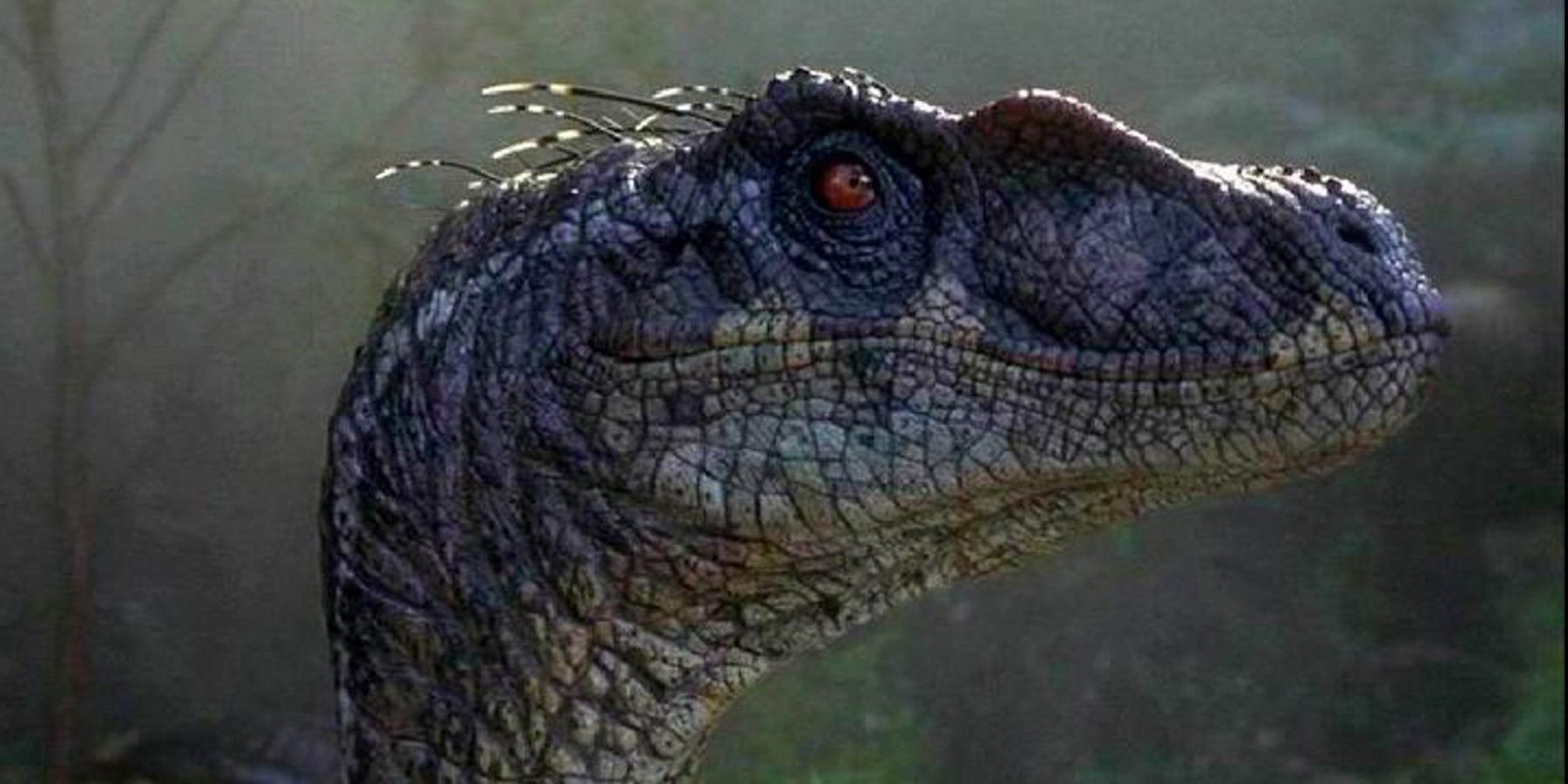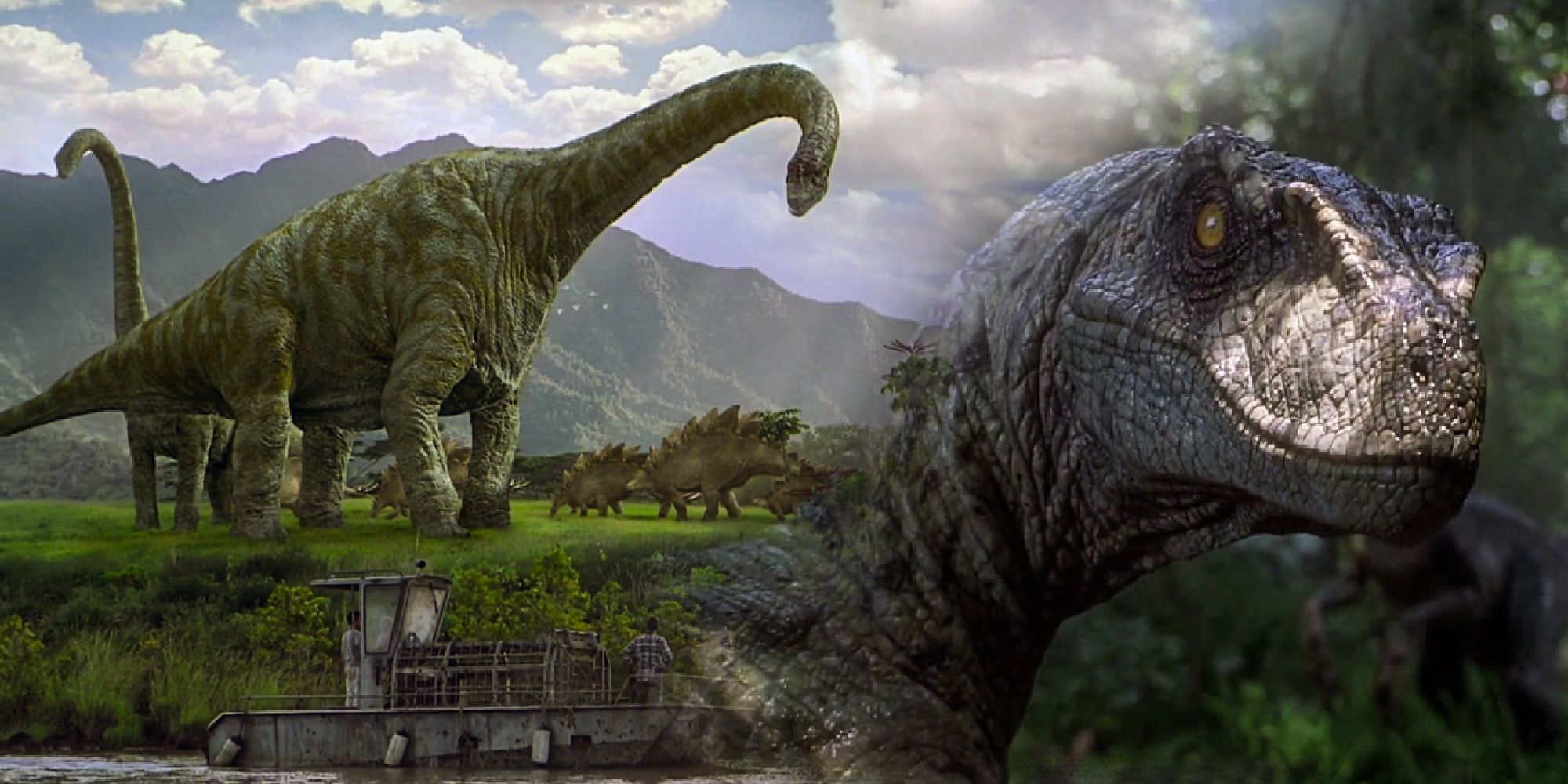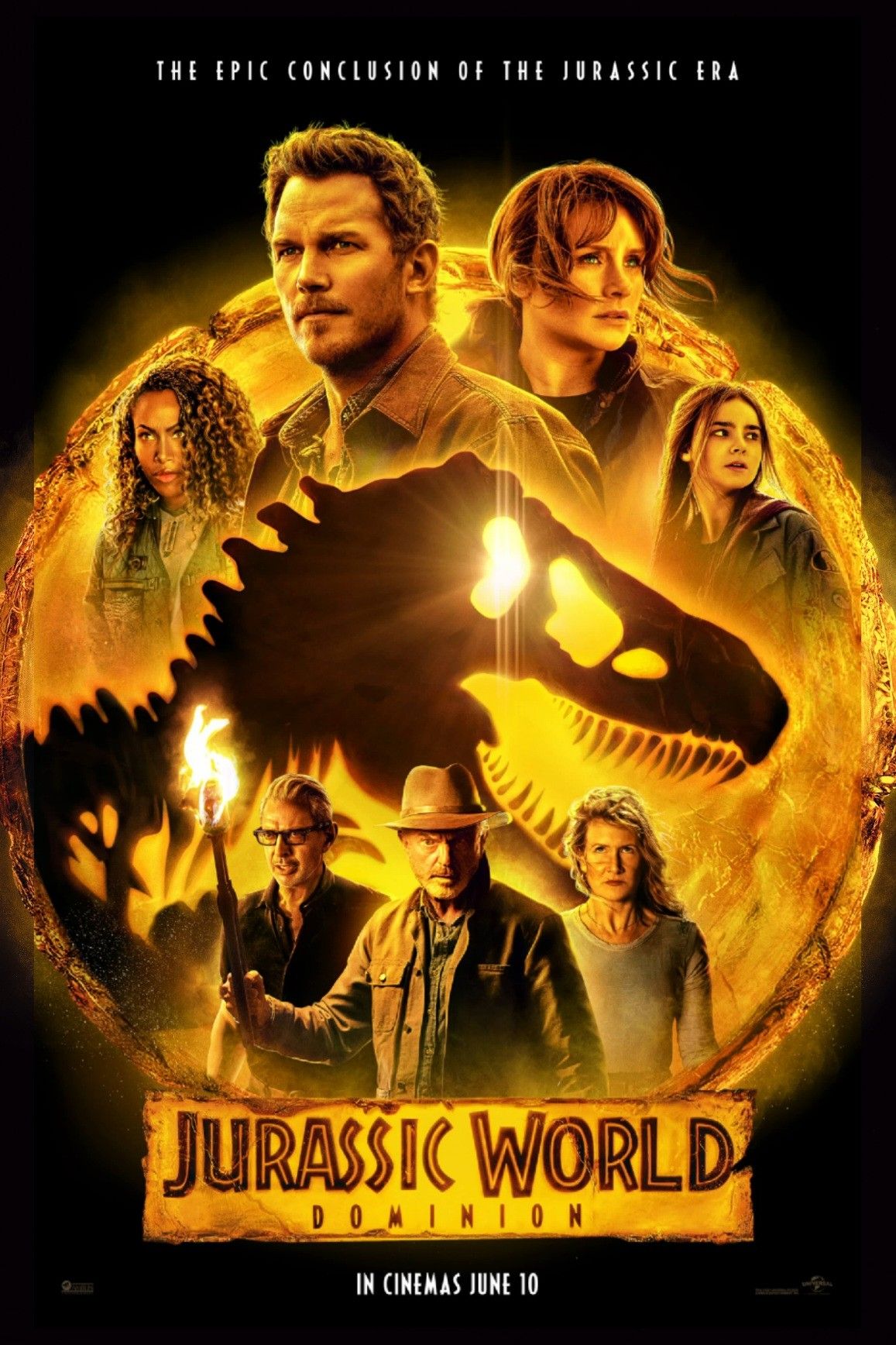Fans of the Jurassic Park series noted that Jurassic Park III’s raptors are different from those seen in the first two films of the blockbuster franchise, but many missed the surprisingly clever reason behind the change. Released in 1993, Jaws director Steven Spielberg’s Jurassic Park is a monster movie-meets-disaster film that told the tale of a theme park populated by dinosaurs which goes disastrously wrong.
Like author Michael Crichton’s earlier hit Westworld (also adapted into a movie), Jurassic Park is an updated spin on the classic Frankenstein story of an overpowered scientist playing god and paying a high price for their hubris. The movie adaptation softens up Crichton’s original novel, removing the death of John Hammond, and as a result, it was soon followed by two sequels, Spielberg’s disappointing 1997 follow-up The Lost World and 2001’s underrated third installment Jurassic Park III.
The third film in the franchise saw the return of Sam Neill’s grouchy dino-scientist, who helped William H. Macy and Tea Leoni retrieve their young son from the abandoned dinosaur-infested second setting of the series, Isla Sorna. Although it’s not without its problems (Dr. Grant’s unresolved character arc included), Jurassic Park III was a solid addition to the franchise and one which oddly featured a new design for one of the series’ primary antagonists, the raptors. With longer skulls, quills, and crests adorning their heads, the raptors of Jurassic Park III look nothing like those seen in the first film, prompting some viewers to wonder why this is the case. In the original novels, an answer is provided, as it's explained that dinosaur DNA is constantly being updated. As such, each set of clones have a new “improved” appearance.
It’s a clever touch that plays into a recurring theme that appears throughout the Jurassic Park series; the danger of commercializing scientific research. It’s the need for new “designer” dinosaurs that leads the characters of 2015’s reboot Jurassic World to create the monstrous Indominus Rex, a deadlier dinosaur made from a concoction of the most lethal traits of various real-life prehistoric beasts. Whether it’s Hammond, InGen, their competitors BioSyn, the military, or various other nefarious actors, everyone in the Jurassic Park cinematic universe has a vested interest in creating bigger, deadlier, scarier dinosaurs.
This obsession with innovation explains the changing appearance of the larger, more ferocious raptors seen in Jurassic Park III and ties neatly into Dr. Grant’s warnings that dinosaurs belong in the past and not in theme parks or the arms collections of international militaries. The most recent addition to the Jurassic World continuity, 2018’s Fallen Kingdom, took the threat of innovating new dinosaurs to its logical extreme by ending with a disastrous underground dinosaur auction and setting countless dinosaurs free in the human world. It's a thematically appropriate but shocking ending that the upcoming Jurassic World: Dominion will have a hard time outdoing as it wraps up the rebooted Jurassic Park trilogy.



